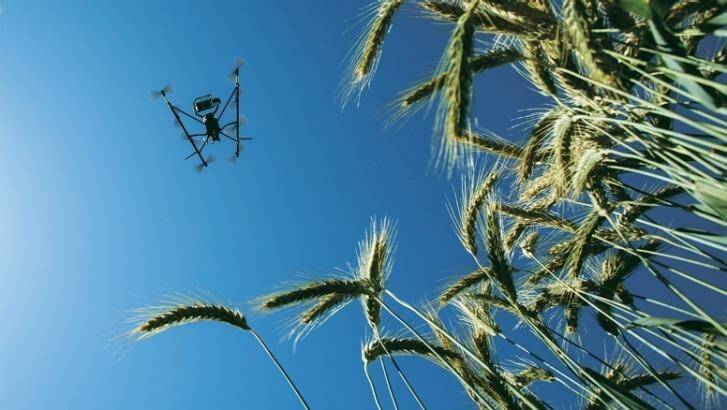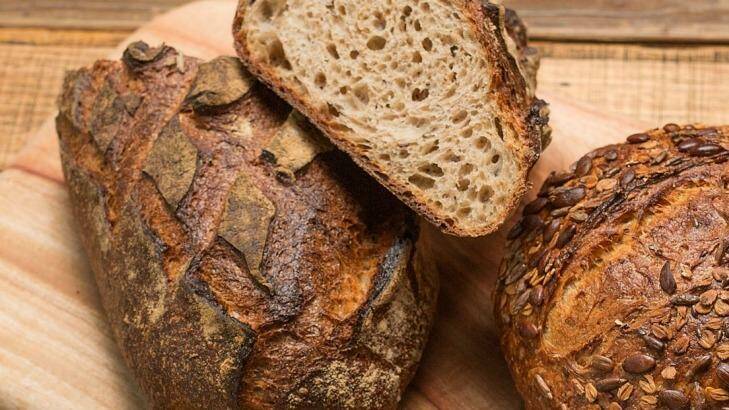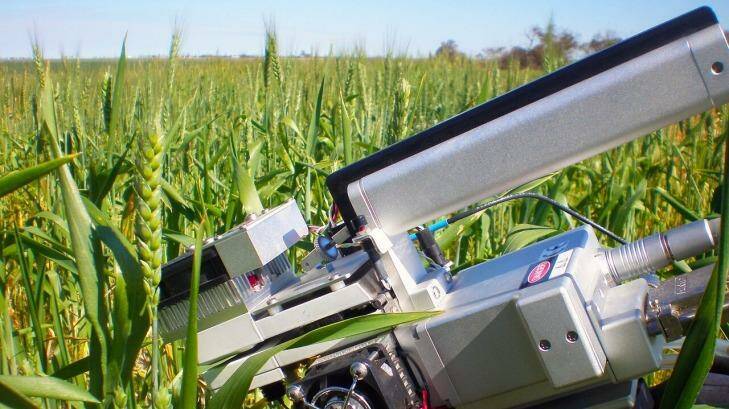



Next time you bite into your soy and quinoa whole grain toast, spare a thought for your future self.
Subscribe now for unlimited access.
$0/
(min cost $0)
or signup to continue reading
With the world's population estimated to reach 9.6 billion by 2050, global crop yields must double by then, the Food and Agriculture Organisation of the United Nations has warned.
To ensure you are still devouring that same breakfast in 35 years, a team of Australian researchers is contributing to a G20 nations plan to make more energy efficient wheat and ultimately raise the genetic yield potential of wheat by up to 50 per cent.
"Food security has underpinned a lot of conflict in the world. If you go back to the Arab Spring, the very first signs started when food prices rose," said researcher Professor Barry Pogson from the ARC Centre of Excellence in Plant Energy Biology.
"If we turn into a world that can't feed itself cheaply, then there [will be] conflict."
Using molecular techniques with traditional breeding, researchers from the ARC Centre of Excellence in Plant Energy Biology and the ARC Centre of Excellence in Translational Photosynthesis, will target energy efficiency at the cell, tissue and whole plant level over three years.
More than 85 per cent of the energy captured by plants is used in cell activities, which means there is only a small amount of plant energy realised as yield.
Professor Pogson said a helpful analogy is a power plant, "always running at a greater capacity than what's needed".
"It's about minimising the waste and then getting the plant to redirect as much energy as possible away from things it doesn't need to the grain," he said, adding, "we're taking the best traits out of one [to] put them together with the best traits of another line."
He said concerns around food security are timely and "we cannot delay."
"We have to move forward on making staple foods - wheat, grains and rice - higher yielding, more resilient to climate variability and also more nutritious. I think 60 per cent of the average person's calories comes from those three. So if we don't have those three producing the bulk of the food in the world, we've got problems."
The project is one of eight to be chosen for funding through the International Wheat Yield Partnership, an international funding initiative established by agriculture ministers of G20 nations.
Starting in 2016, the project will share in a US$20 million first investment from a consortium of world research funding agencies.
Researchers will conduct field trials in Australia and Mexico, analysing photosynthesis (energy stored) and respiration (energy released).
"Going from field to lab helps us integrate knowledge to identify the best traits in different wheat varieties that can be brought together in new, elite varieties," said Professor Robert Furbank, principal investigator on the project.
NSW Farmers general manager of research and development David Eyre, said it was great to see cutting-edge science, but we also "urgently need greater investment in basic farm energy efficiency."
Mr Eyre pointed to increasing the fuel efficiency of heavy vehicles used in cropping, more energy efficient irrigation systems including solar powered pumping and digital solutions to optimise farm energy usage as possible solutions.
"Technology exists today that could potentially double the energy productivity of grain production," he said.
"The immediate challenge is funding implementation on farm when farm gate prices are so low."

